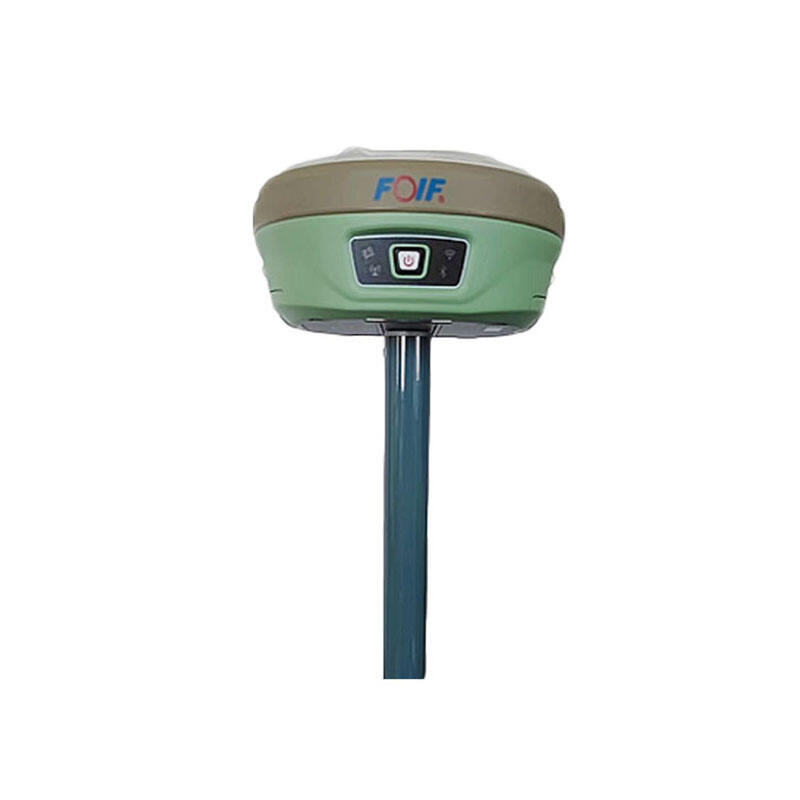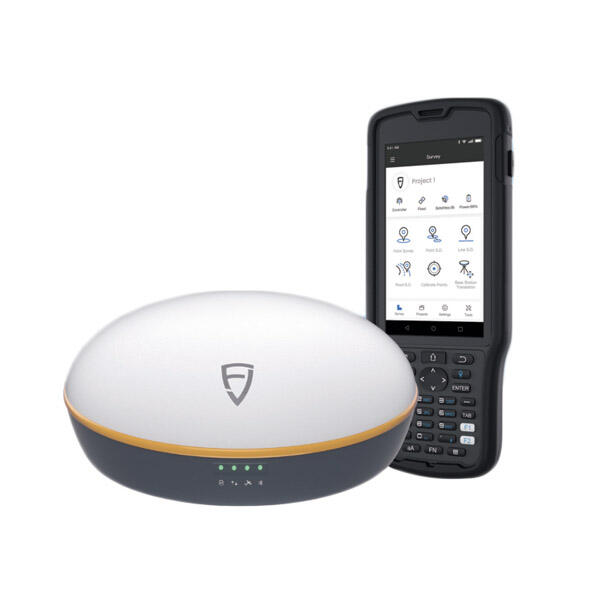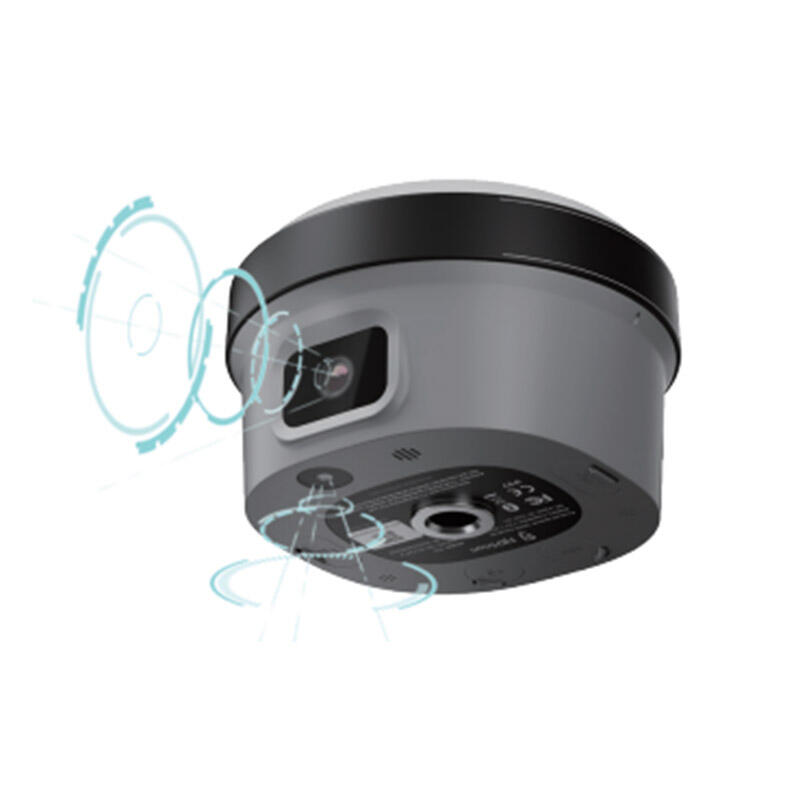gnss device
A GNSS (Global Navigation Satellite System) device represents cutting-edge positioning technology that provides precise location information anywhere on Earth. This sophisticated system combines signals from multiple satellite constellations, including GPS, GLONASS, Galileo, and BeiDou, to deliver accurate positioning, navigation, and timing services. The device processes these satellite signals to calculate exact coordinates, altitude, and movement speed with remarkable precision, often achieving accuracy within a few meters or even centimeters. Modern GNSS devices feature advanced signal processing capabilities, multipath mitigation technology, and robust interference resistance, ensuring reliable performance across various environmental conditions. These devices typically incorporate multiple frequency bands and advanced algorithms for enhanced accuracy and reliability. They serve diverse applications, from precision agriculture and surveying to urban planning and autonomous vehicle navigation. The integration of multiple satellite systems provides improved coverage and reliability, particularly in challenging environments such as urban canyons or areas with limited sky visibility. GNSS devices also often include supplementary sensors like accelerometers and gyroscopes for enhanced positioning capabilities when satellite signals are temporarily unavailable.


